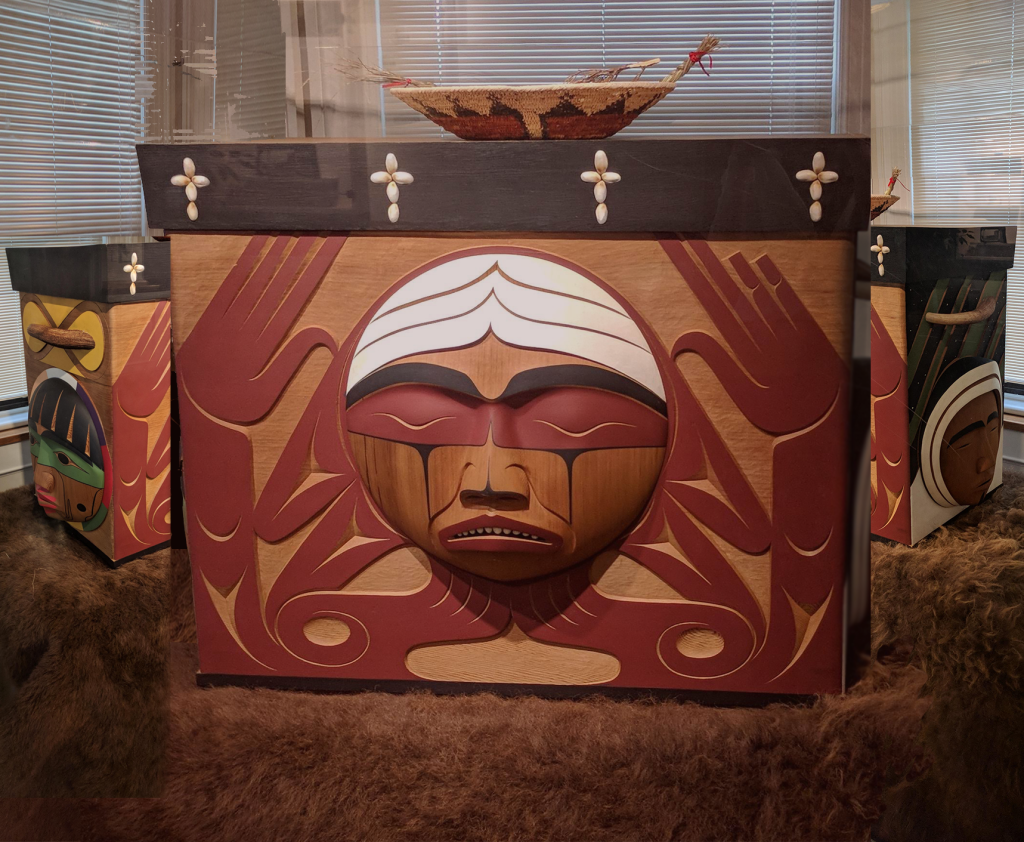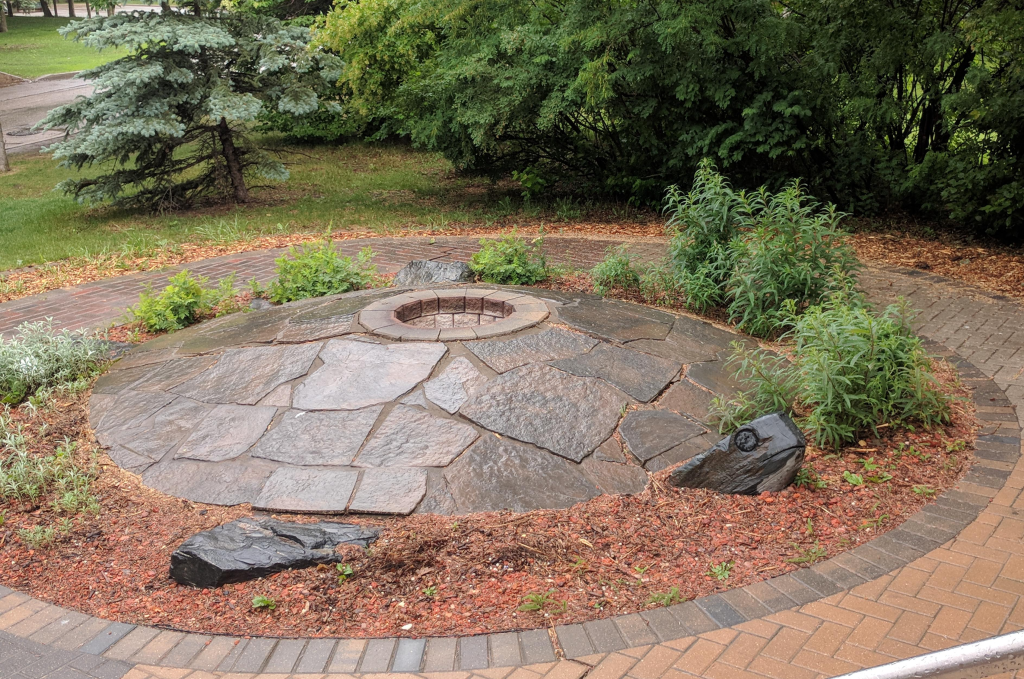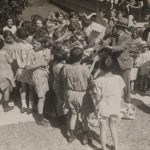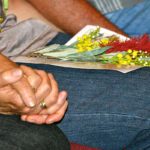On 11 June – coincidentally the 10-year anniversary of the Canadian government’s Apology to Former Students of Indian Residential Schools – I visited the National Centre for Truth and Reconciliation (NCTR) at the University of Manitoba, Winnipeg. I met with Tricia Logan, Research Coordinator, who showed me around the facility and discussed the ongoing legacy of the Indian Residential School system, and subsequent moves towards reconciliation in Canada.
The NCTR was first conceived as part of the Indian Residential Schools Agreement 2007. This Agreement created both the Truth and Reconciliation Commission of Canada (TRC), and, to ensure this history was not forgotten once the TRC finished, the NCTR as a permanent place to house the materials from the TRC and be a place for ongoing truth and reconciliation work. The TRC ran from 2008-2015 and the NCTR was officially opened in 2015.

The NCTR has an exhibition space, primarily made up of materials from the TRC. One of the most important objects is the Bentwood Box. Commissioned by the TRC, the Box travelled with the TRC to all hearings and survivors could place items within it. The collection of items (including personal objects, artworks, photos, papers and fabrics among others) is now in the custody of the NTRC, and some are on display also.

Given our work on Find & Connect, it was really interesting to hear how the TRC and NCTR dealt with records. During the TRC, relevant organisations were instructed to provide copies of all records to the TRC – this was mandated by the TRC and was not optional. These records are now housed at the NCTR and are searchable via their website. These include both records of the Indian Residential School system, and records created during the TRC such as survivor statements and event reports. The NCTR has an archives team who maintains the records, provides access to them and collects additional records to add to the collection.
Tricia and I also discussed one of the main outcomes of the TRC: 94 Calls to Action which are being worked through and implemented. This is an ongoing process which will take many years, even generations in some cases. It got me thinking about the recently concluded Royal Commission in Australia – what would the landscape look like if the Royal Commission’s recommendations were not just recommendations, but were implemented and systematised within a framework, with measures and progress markers?
The ongoing work of the NCTR includes an education program, including education resources for teachers to use and a program of talks, to ensure this history is not forgotten in Canada; research projects investigating specific aspects of the Indian Residential School system; and of course ongoing archival work to uncover more records and provide access to them.

It was great to spend some time at the NCTR. It was really interesting to compare the similarities and differences between Canada and Australia, and I want to thank the NCTR and Tricia in particular for hosting me.





